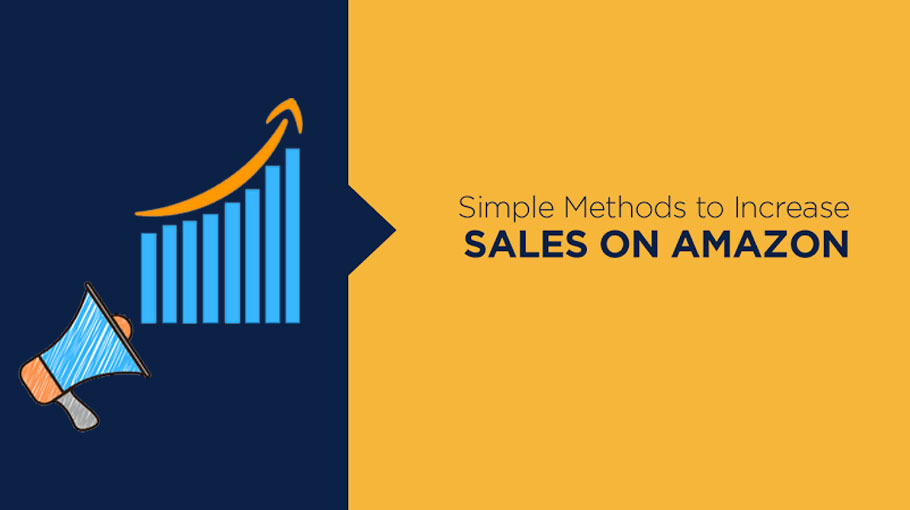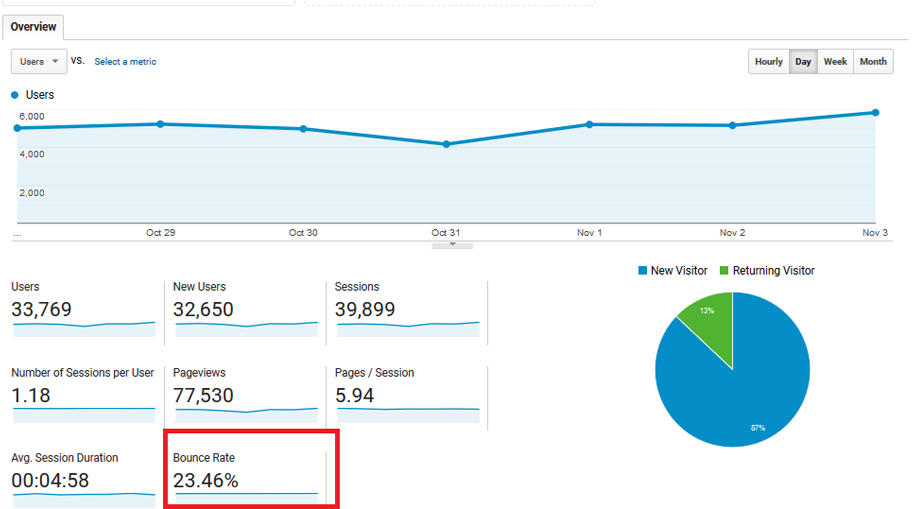
Best SEO Practices to improve your eCommerce Sales
Search Engine Optimization holds the key to the growth or demise of a digitally grounded business. For an eCommerce store, where business begins and ends with organic traffic, SEO is nothing but the lifeline.
Whether you’re a solopreneur, managing a small to medium size company, or are running a corporation, if you’re operating any kind of e-commerce business, you’ll benefit from below points:
Question #1: How Do I Deal With Out-Of-Stock Items?
If item is gone Out-of-Stock, leave the page as it is. Never deactivate, remove, replace or redirect them. Replace the Add-To-Cart button with text Out-of-Stock. Offer alternative product on same page.
You’re providing customers a great experience and they’ll appreciate it. It also helps search engines find relevant pages and understand your site structure better.
Question #2: What Do I Do With Obsolete/Expired Products?
All e-commerce websites have products that will never come back, like consumer electronics or fashion clothing stores that constantly replace products with newer models and styles. Many e-commerce websites delete the pages and take no further action. From an SEO perspective, this is bad. You lose SEO value, and people who bookmarked the URL will get an error message.
The most appropriate solution will depend on many things:
Permanently 301 redirect expired product URLs to related product or redirect to parent category.
If you sell generic products where technical specifications and model numbers are not relevant, you could reuse your URLs. That way you will preserve the page’s authority and increase your chances of ranking on Google.
Question #3: How Do I Handle SEO For New Products?
Good information architecture, website structure and internal link architecture are critical to rank new product pages well. Link categories from your home page, and your product pages from the category levels. This will ensure that Google finds, crawls and indexes your content fast. Also link to them from their parent category pages.
Also Read
- Problems faced by small business owners in building a business website?
- A Beginner’s Guide to Facebook Dynamic Product Ads for eCommerce
- Top Tips To Sell Through Own Website Rather Than Marketplace Website In India
- Should You Sell on Marketplaces or Build Your Own eCommerce Site?
Question #4: How Do I Deal With Products Pages With Little Or No Unique Content?
With all the challenges of running an e-commerce enterprise, few businesses think about unique content on product pages. Many pull product information from a database, leading to duplicate content problems.
Start by identifying your best-selling and most popular product pages using Web analytics tools and then updating them with content manually. You can’t produce text for 100,000 different products. Instead, focus your SEO on strengthening the products’ parent category. Improve internal link architecture, breadcrumbs, and add relevant products to feed the search bots and teach them what your site is about.
Question #5: How Do I Handle Category Pages?
Consider your category page as simillar as homepage. Build deep linking to category pages. Be strategic about sharing links on Google Plus, Twitter and other networks. Be specific with your tags. Use SEO friendly URL. The most effective URL structure for category pages (and product pages) is:
- Category Page: Website.com/category/
- Sub-category page: Website.com/category/sub-category/
- Product page: website.com/category-sub-category/product-name/
Best Practices and Routines — Top Tips For Every eCommerce Website
Periodic SEO analysis: SEO is not static, nor is your e-commerce website. Your site and code will change. A developer may, with the best intent at heart, fix one problem but create another.
Use Google Webmaster Tools: This free tool helps webmasters find and fix vexing SEO problems. Establish a routine in which you:
- Look for 404 errors, soft 404’s and other problems
- See how your website, products and pages are performing on the SERPs
- Notice popular keywords and phrases, popular pages and more
I recommend integrating Google Webmaster Tools, Google AdWords and Google Analytics to get access to valuable information for free.
Take action: Just monitoring data isn’t enough. You must identify the actionable items to keep improving. Know what to look for and why. Spot problems with indexing, duplicate content, manual penalties from Google and more. Fix the problems promptly.
Data analysis is the new gold: Everything you do can be done better, but you don’t have the resources to do it all. You need analysis to help prioritize areas for improvement. Build dashboards containing actionable information.
Take the mobile revolution seriously: Mobile devices are growing fast. Delays in developing your mobile site can kill your online business. What experience are you giving mobile users and how can you improve?
Implement all above steps and let us know how good that improve your sales and quality traffic to your website.





